In this thought-provoking video, we delve into the fascinating concept of AI resurrection and how it is shaping our world in the digital age. \.
Get the latest international news and world events from around the world.
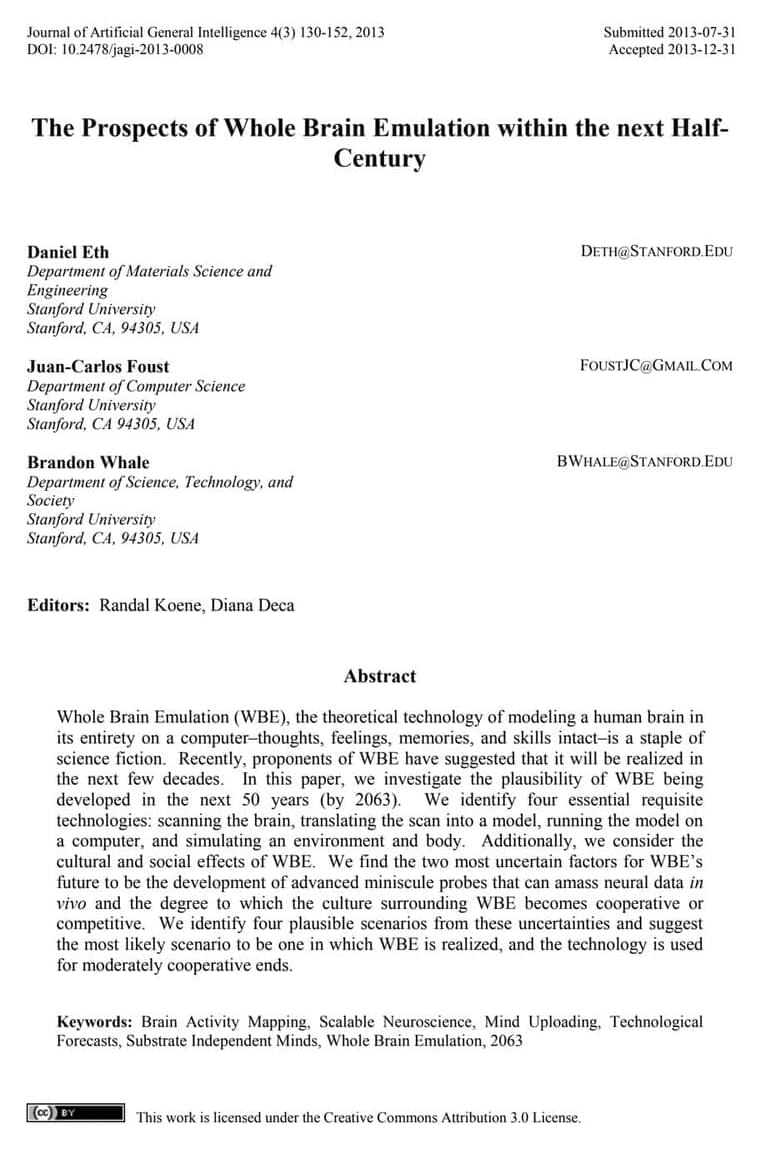
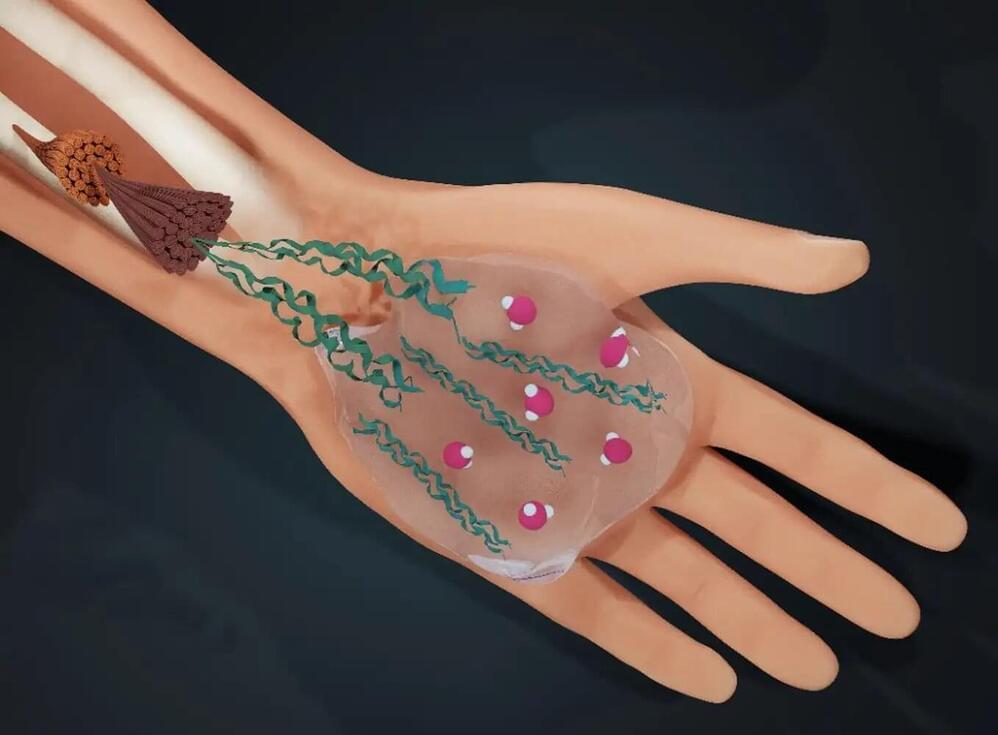
How water guides the assembly of collagen, the building block of all humans
Water determines life: humans are three-quarters water. An international research team led by the University of Amsterdam (UvA) has now discovered how water also determines the structure of the material that holds us together: collagen.
In a paper published in PNAS, the researchers elucidate the role of water in the molecular self-assembly of collagen. They show that by replacing water with its ‘twin molecule’ heavy water (D2O), one can ‘tune’ the interaction between collagen molecules, and thus influence the process of collagen self-assembly. The findings will help to better understand the tissue failures resulting from heritable collagen-related diseases, such as brittle bone disease (osteogenesis imperfecta).
As lead author Dr. Giulia Giubertoni of the UvA’s Van ‘t Hoff Institute for Molecular Sciences (HIMS) puts it, “In studying these and other collagen diseases, many researchers, including myself, … have always missed an important part of the puzzle, and the possibility that tissue failure might be partly due to water-collagen interaction was not taken very seriously. We now show that perturbing the water layer around the protein, even very slightly, has dramatic effects on collagen assembly.”
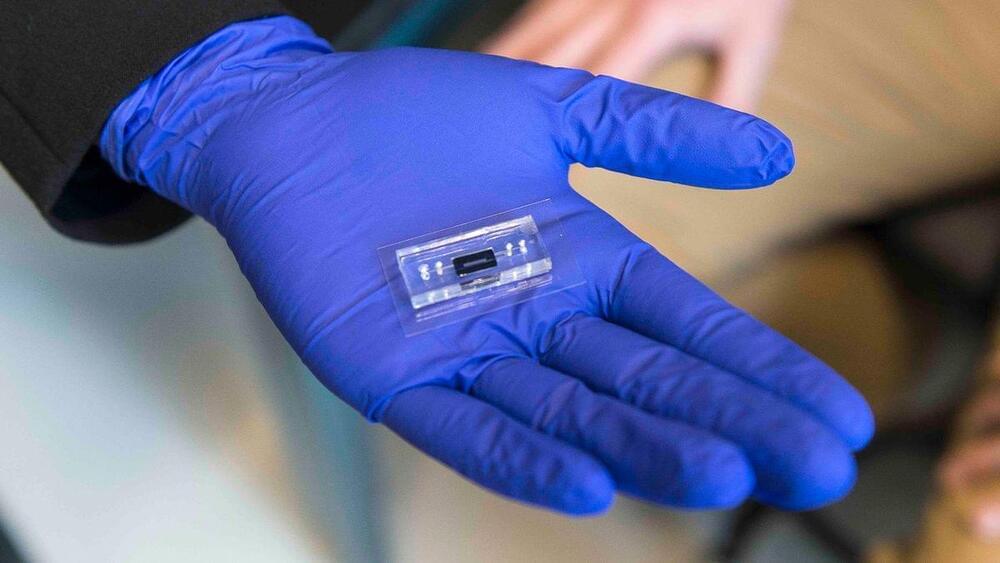
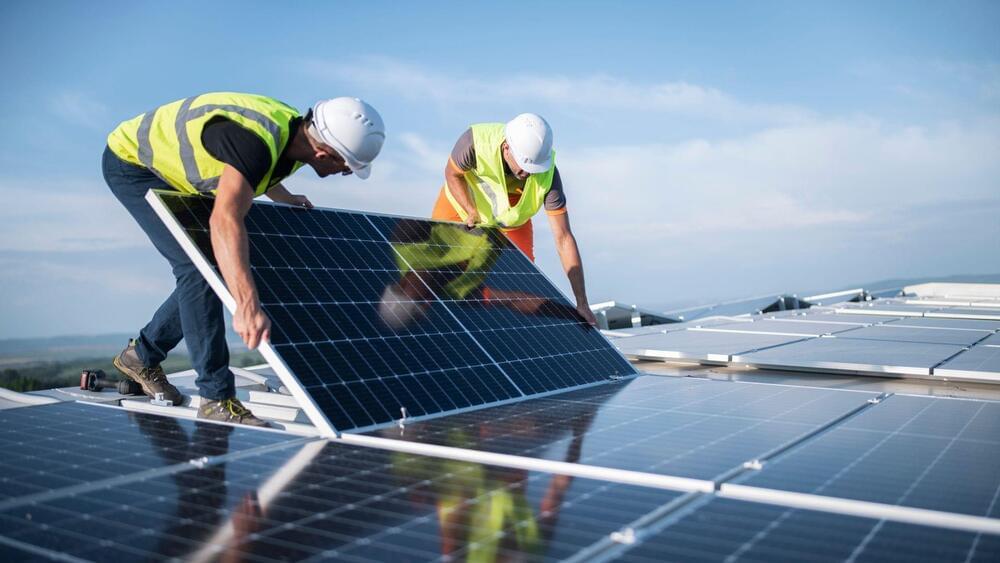
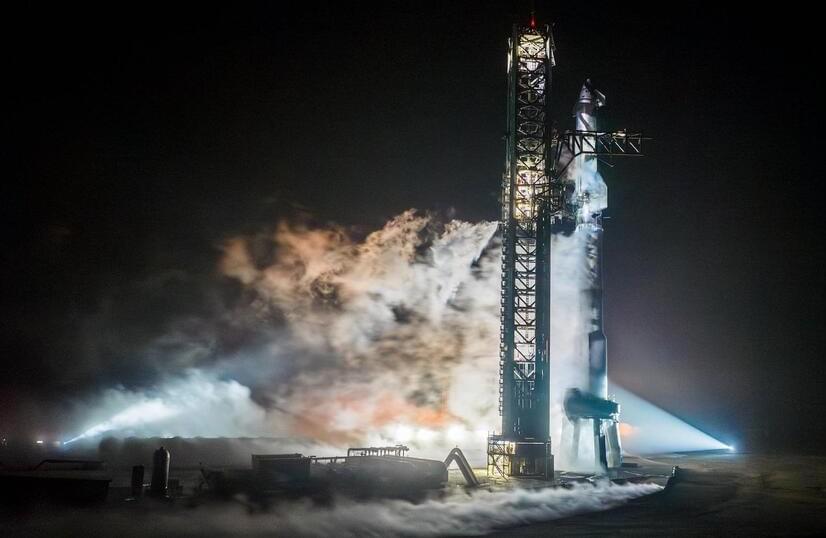
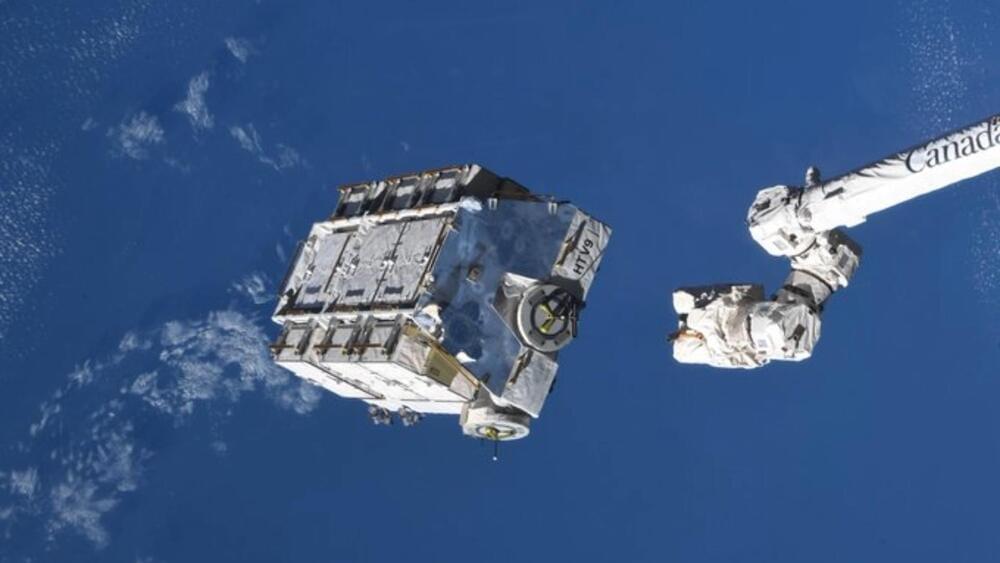
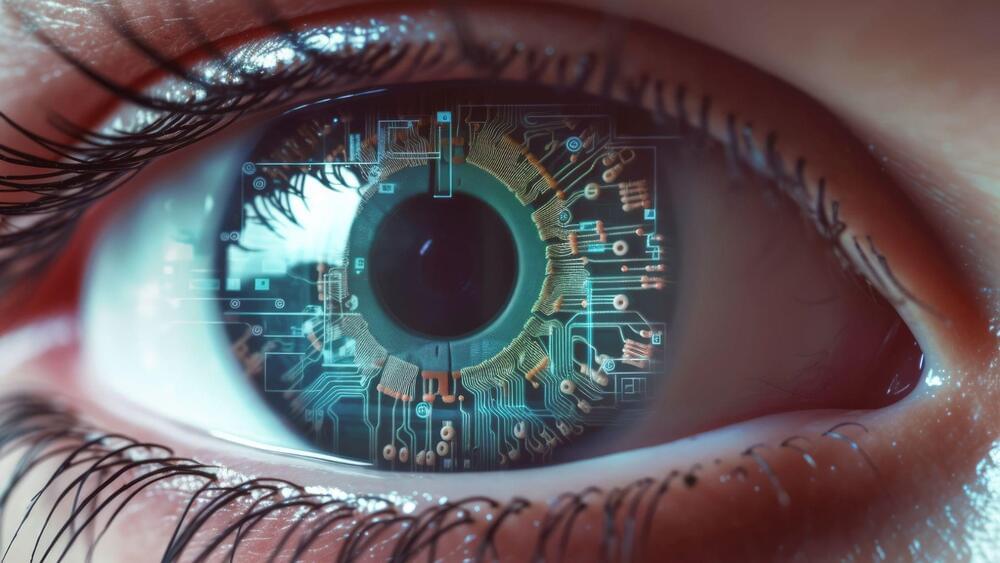
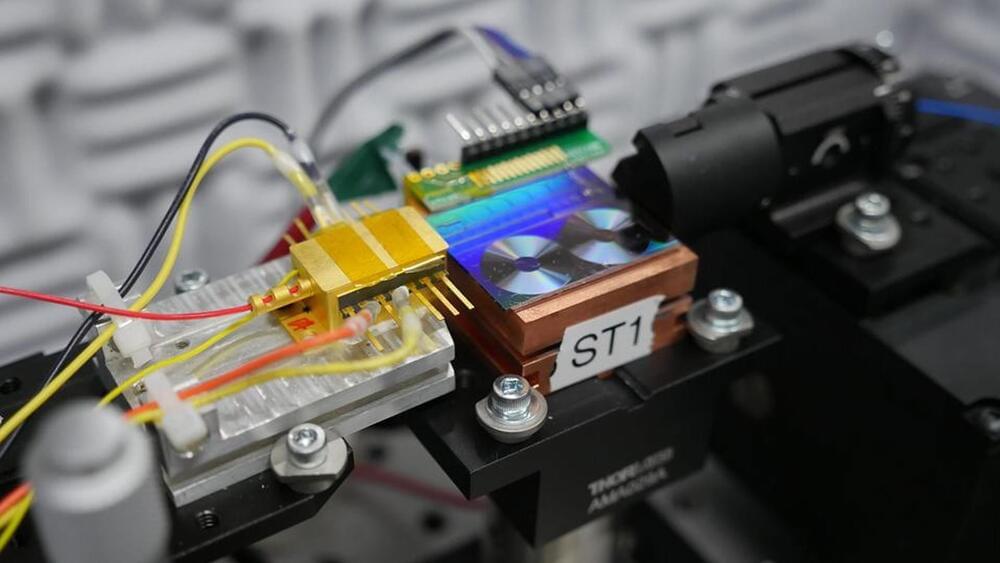
New light-to-microwave converting tech could revolutionize GPS, radars
“The goal is to make all these parts work together effectively on a single platform, which would greatly reduce the loss of signals and remove the need for extra technology,” said Quinlan. “Phase one of this project was to show that all these individual pieces work together. Phase two is putting them together on the chip,” he added.
A team of researchers from several prestigious institutions helped NIST with this amazing achievement. These included the University of Colorado Boulder, the NASA Jet Propulsion Laboratory, the California Institute of Technology, the University of California Santa Barbara, the University of Virginia, and Yale University.
“I like to compare our research to a construction project. There are a lot of moving parts, and you need to make sure everyone is coordinated so the plumber and electrician show up at the right time in the project,” said Quinlan. We all work together really well to keep things moving forward,” he added.

Swiss nanotech taps into hidden energy from tap, seawater evaporation
“But in the process, we also made a major finding: that hydrovoltaic devices can operate over a wide range of salinities, contradicting prior understanding that highly purified water was required for best performance.”
The process can generate power around the clock since evaporation occurs at various temperatures and even at night. The process also occurs across humidities, making it suitable for use across the planet, irrespective of location.